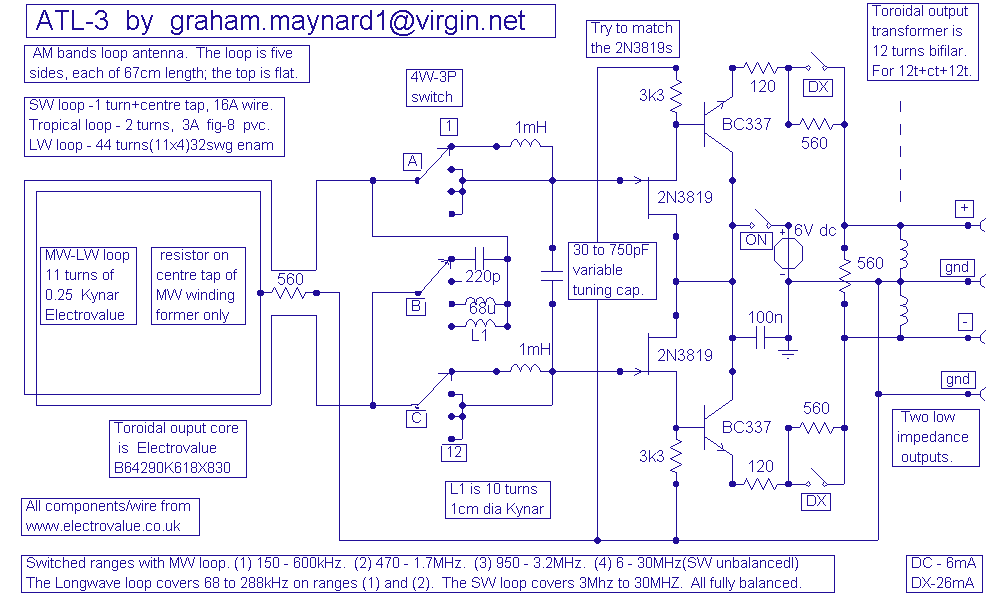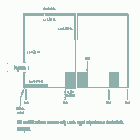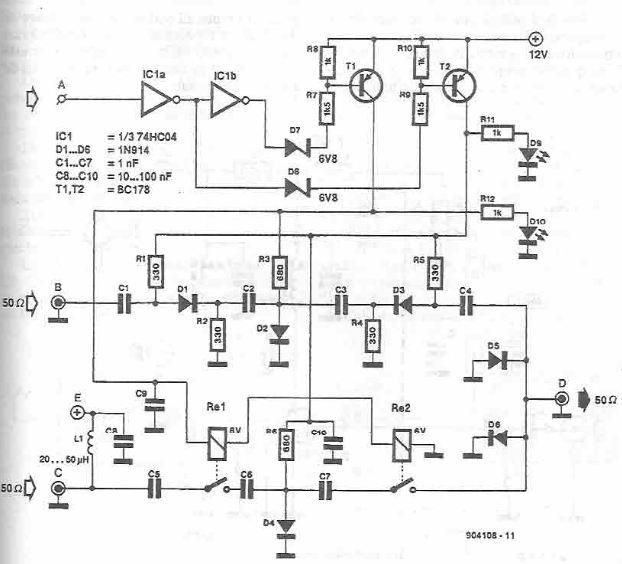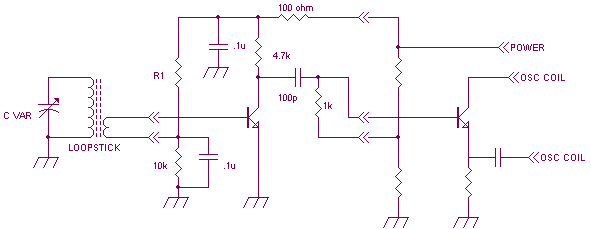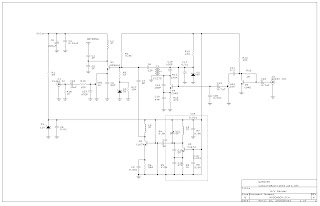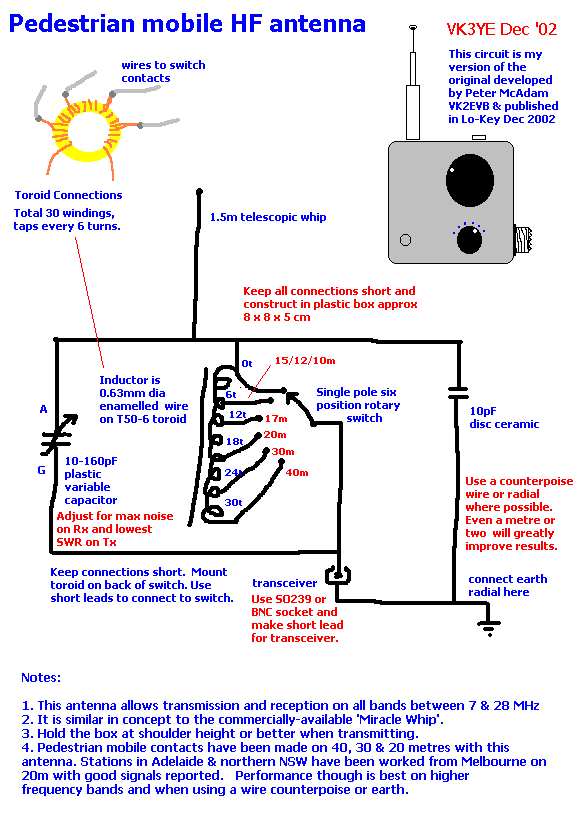
Optimized 10-element UHF Yagi Antenna
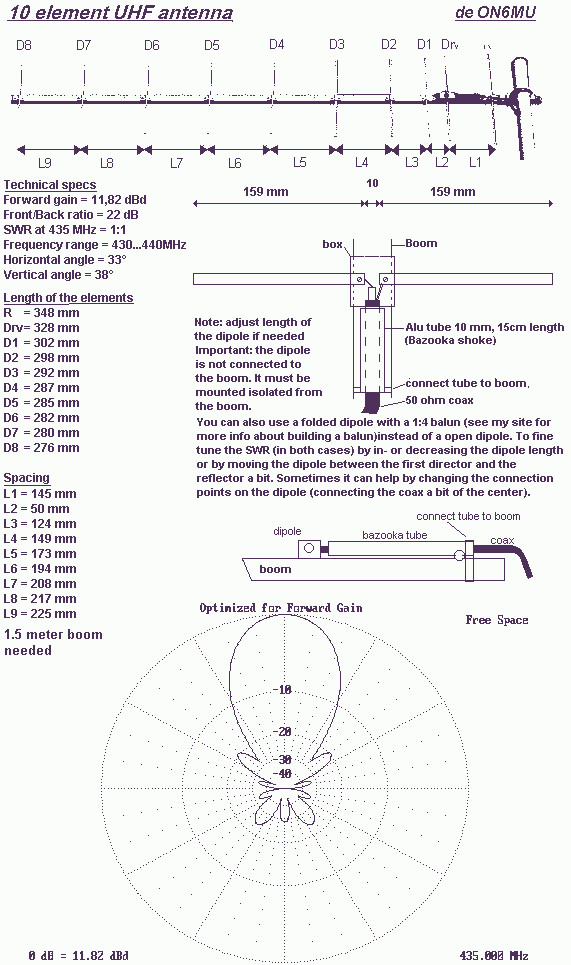
The elements diameter of the antenna may vary between 5...8mm and the dipole diameter may vary between 8...12mm (12mm recommended) without the need of changing anything to the length or spacing. All elements except the dipole are electrically connected to the boom and may be mounted on top or through it. More: The thickness/diameter of the boom may vary between 10...15mm. Bazooka tube: 15cm diameter 10mm (for Aircel etc.), 15cm diameter 15mm (for H100, Aircom+ etc.). Use an isolator type boom (plastic tube, wood, fiberglass) if you mount the antenna vertical.
The antenna design described involves a dipole configuration where the diameters of the elements are specified to ensure optimal performance. The elements can range from 5 mm to 8 mm in diameter, while the dipole itself has a recommended diameter of 12 mm, with a permissible range of 8 mm to 12 mm. This flexibility allows for variations in manufacturing and material choice without necessitating adjustments to the overall length or spacing of the antenna elements.
The boom, which serves as the central support structure for the antenna, has a diameter that can vary between 10 mm and 15 mm. The choice of boom diameter can affect the structural integrity and mounting options of the antenna. It is noted that all elements, apart from the dipole, should be electrically connected to the boom, which is crucial for maintaining the desired electrical characteristics of the antenna.
Mounting options are versatile, as elements can be affixed either on top of the boom or through it, depending on the design preferences and mechanical constraints. The use of an isolator type boom is recommended for vertical installations. Materials such as plastic tubing, wood, or fiberglass are suggested to minimize the impact on the antenna's performance due to their non-conductive properties.
The bazooka tube specifications indicate two options with diameters of 15 cm, where one variant has a wall thickness of 10 mm suitable for specific applications like Aircel, while the other has a thicker wall of 15 mm recommended for use with H100 and Aircom+ systems. These specifications are important for maintaining the structural and performance characteristics of the antenna system.
Overall, this antenna configuration provides flexibility in design and materials while ensuring that performance is not compromised. Proper attention to the diameter of elements and the boom, along with appropriate mounting techniques, will result in an effective antenna system suitable for various applications.The elements diameter of the antenna may vary between 5...8mm and the dipole diameter may vary between 8...12mm (12mm recommended) without the need of changing anything to the length or spacing. All elements except the dipole are electrically connected to the boom and may be mounted on top or through it.
The thickness/diameter of the boom may vary between 10...15mm. Bazooka tube: 15cm diameter 10mm (for Aircel etc.), 15cm diameter 15mm (for H100, Aircom+ etc.) Use an isolator type boom (plastic tube, wood, fiberglass) if you mount the antenna vertical t 🔗 External reference
The antenna design described involves a dipole configuration where the diameters of the elements are specified to ensure optimal performance. The elements can range from 5 mm to 8 mm in diameter, while the dipole itself has a recommended diameter of 12 mm, with a permissible range of 8 mm to 12 mm. This flexibility allows for variations in manufacturing and material choice without necessitating adjustments to the overall length or spacing of the antenna elements.
The boom, which serves as the central support structure for the antenna, has a diameter that can vary between 10 mm and 15 mm. The choice of boom diameter can affect the structural integrity and mounting options of the antenna. It is noted that all elements, apart from the dipole, should be electrically connected to the boom, which is crucial for maintaining the desired electrical characteristics of the antenna.
Mounting options are versatile, as elements can be affixed either on top of the boom or through it, depending on the design preferences and mechanical constraints. The use of an isolator type boom is recommended for vertical installations. Materials such as plastic tubing, wood, or fiberglass are suggested to minimize the impact on the antenna's performance due to their non-conductive properties.
The bazooka tube specifications indicate two options with diameters of 15 cm, where one variant has a wall thickness of 10 mm suitable for specific applications like Aircel, while the other has a thicker wall of 15 mm recommended for use with H100 and Aircom+ systems. These specifications are important for maintaining the structural and performance characteristics of the antenna system.
Overall, this antenna configuration provides flexibility in design and materials while ensuring that performance is not compromised. Proper attention to the diameter of elements and the boom, along with appropriate mounting techniques, will result in an effective antenna system suitable for various applications.The elements diameter of the antenna may vary between 5...8mm and the dipole diameter may vary between 8...12mm (12mm recommended) without the need of changing anything to the length or spacing. All elements except the dipole are electrically connected to the boom and may be mounted on top or through it.
The thickness/diameter of the boom may vary between 10...15mm. Bazooka tube: 15cm diameter 10mm (for Aircel etc.), 15cm diameter 15mm (for H100, Aircom+ etc.) Use an isolator type boom (plastic tube, wood, fiberglass) if you mount the antenna vertical t 🔗 External reference
